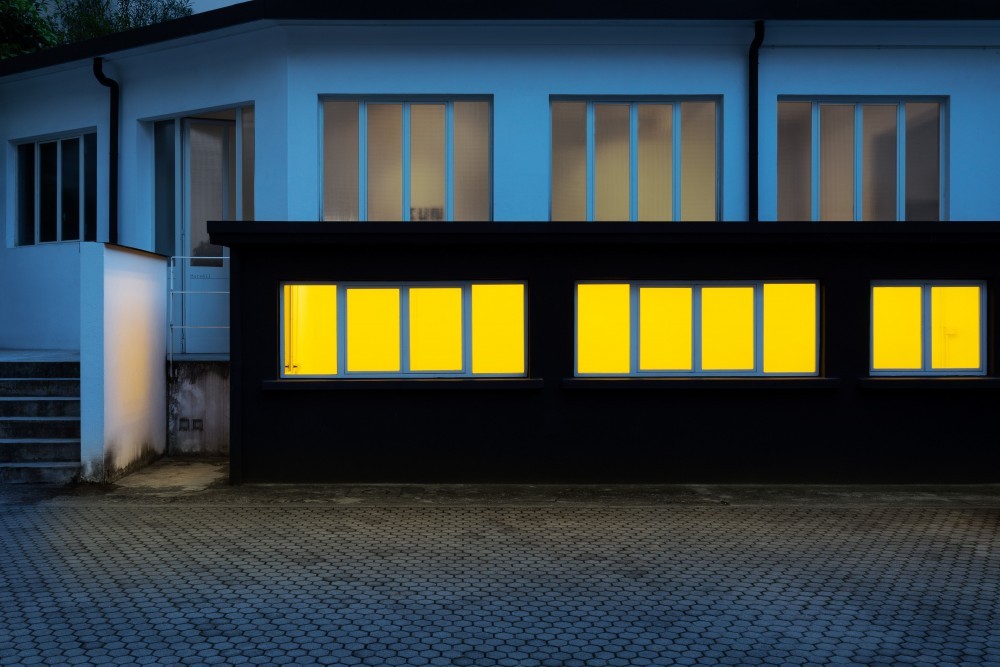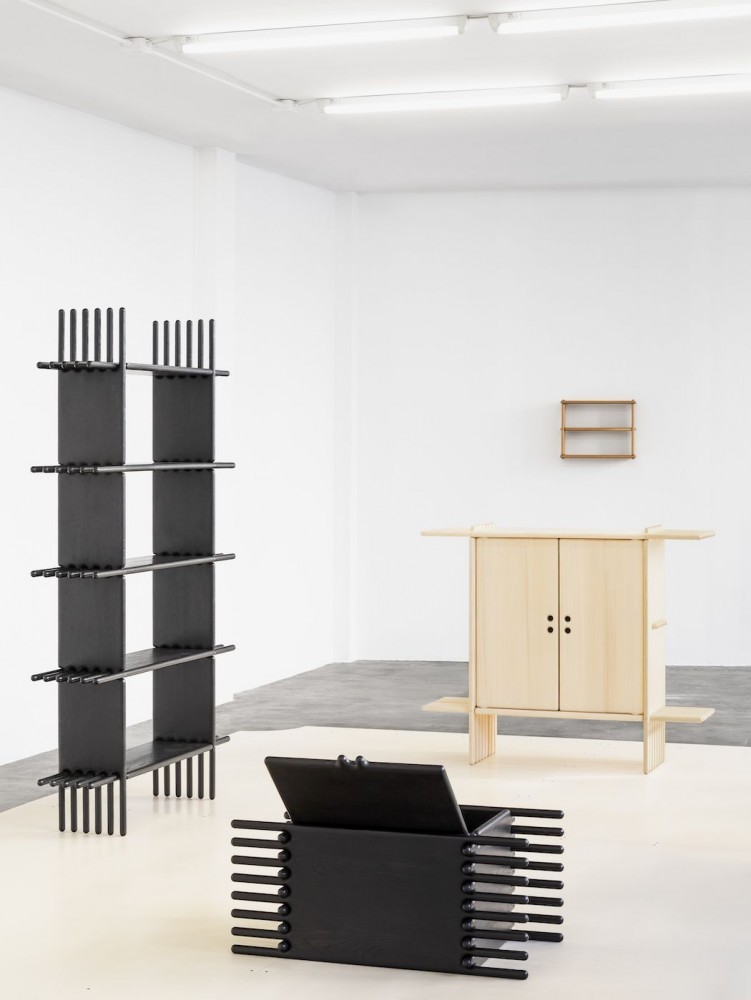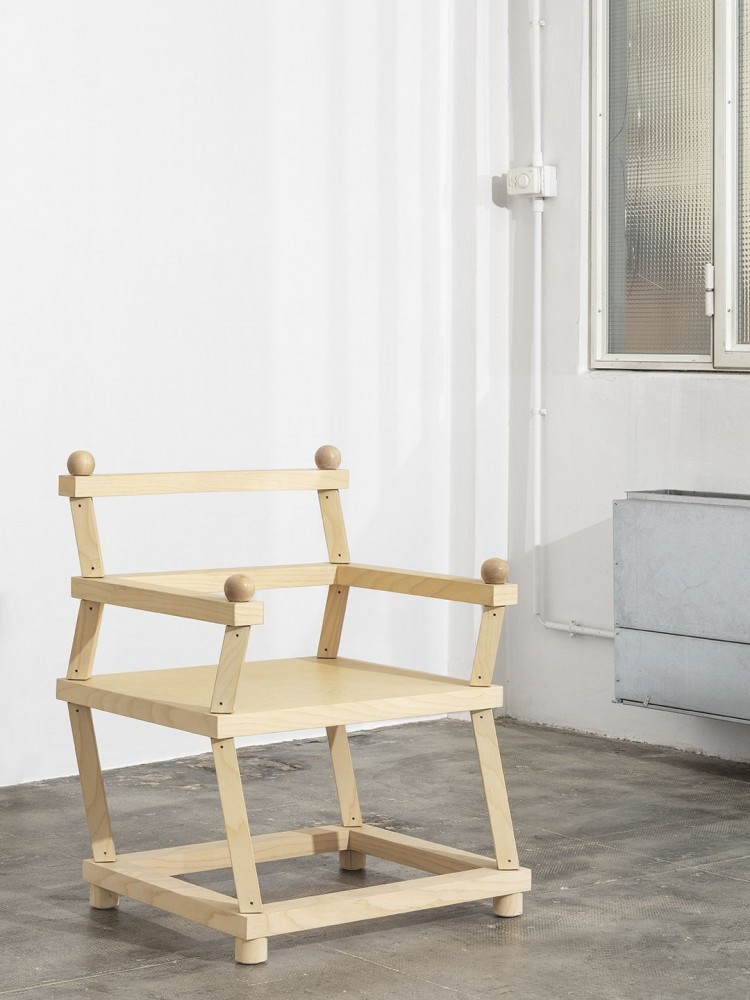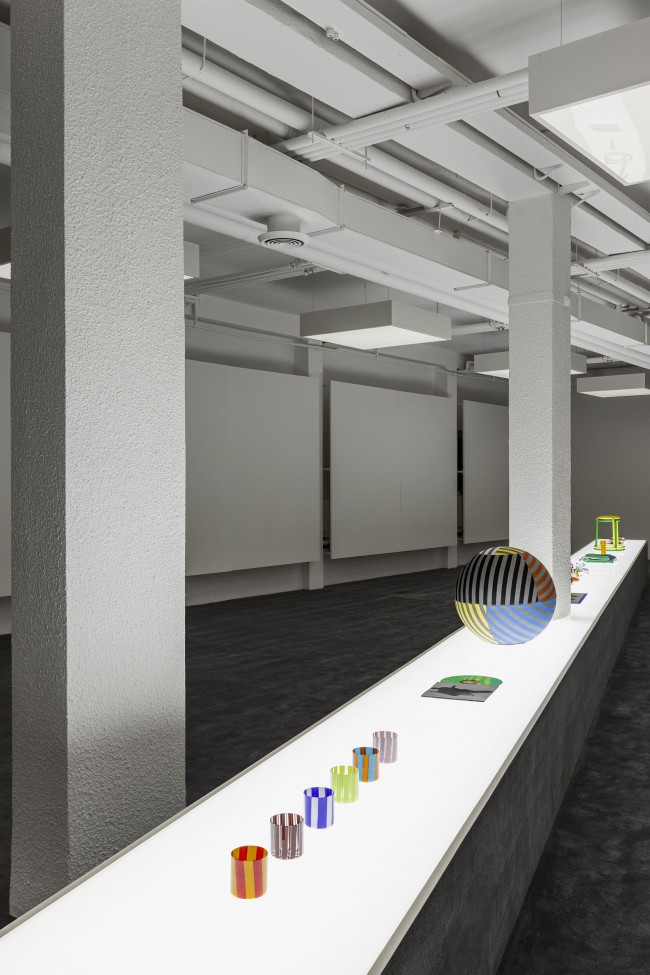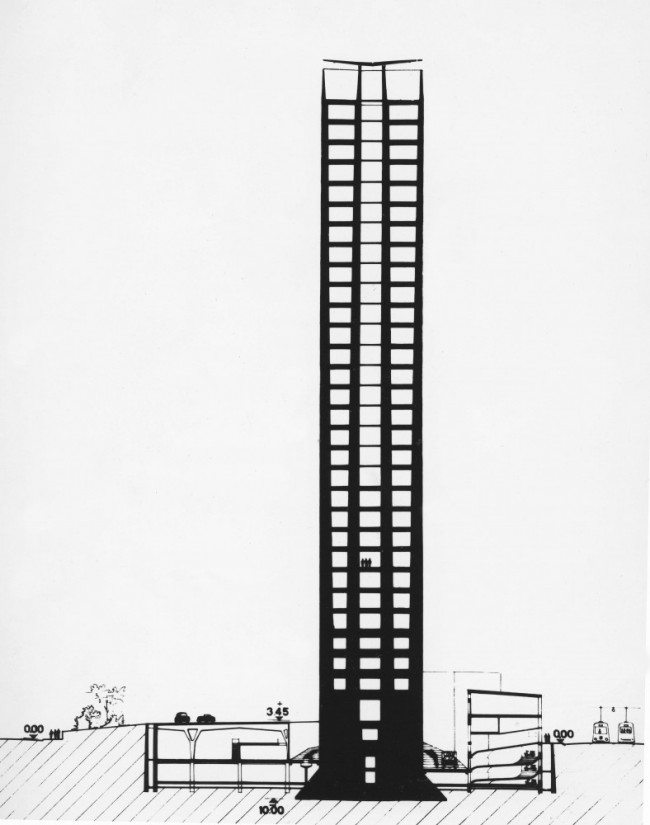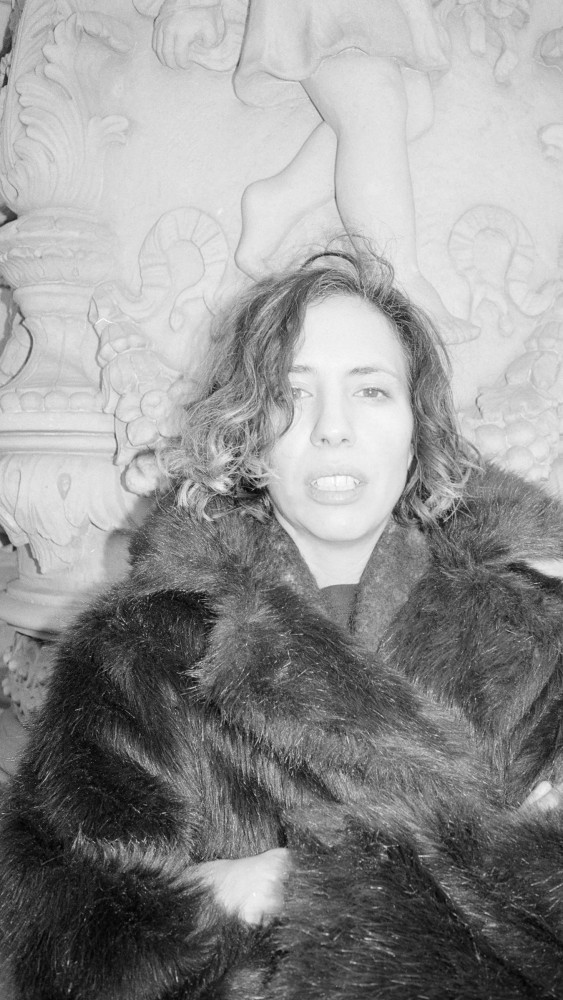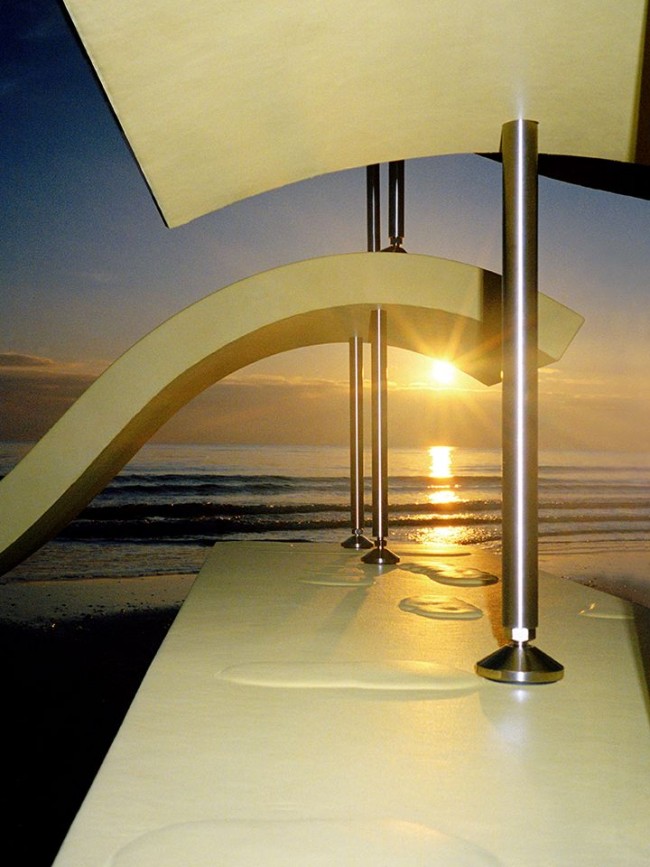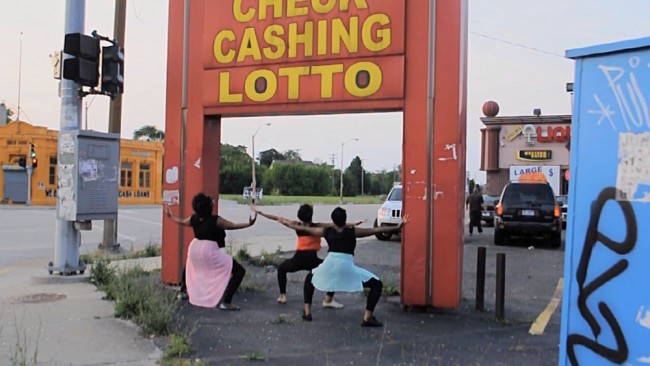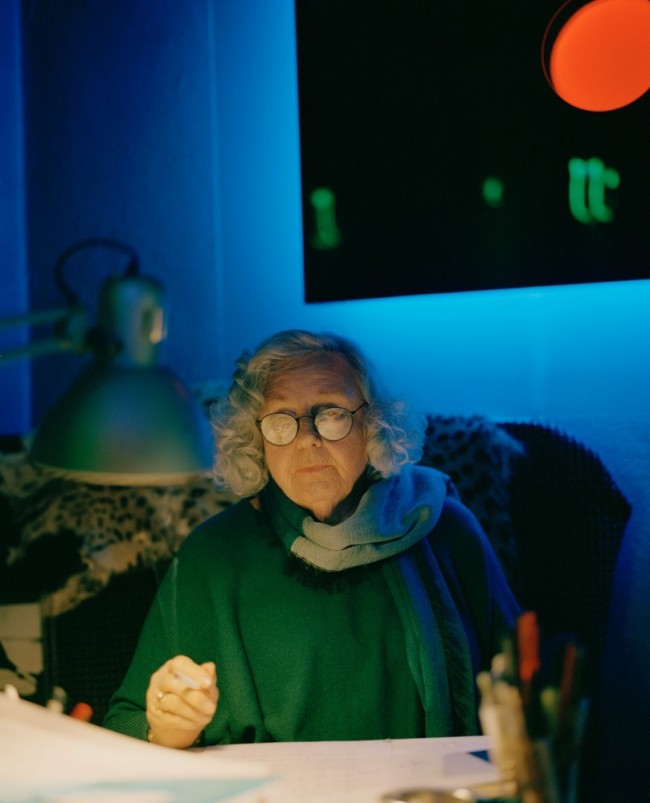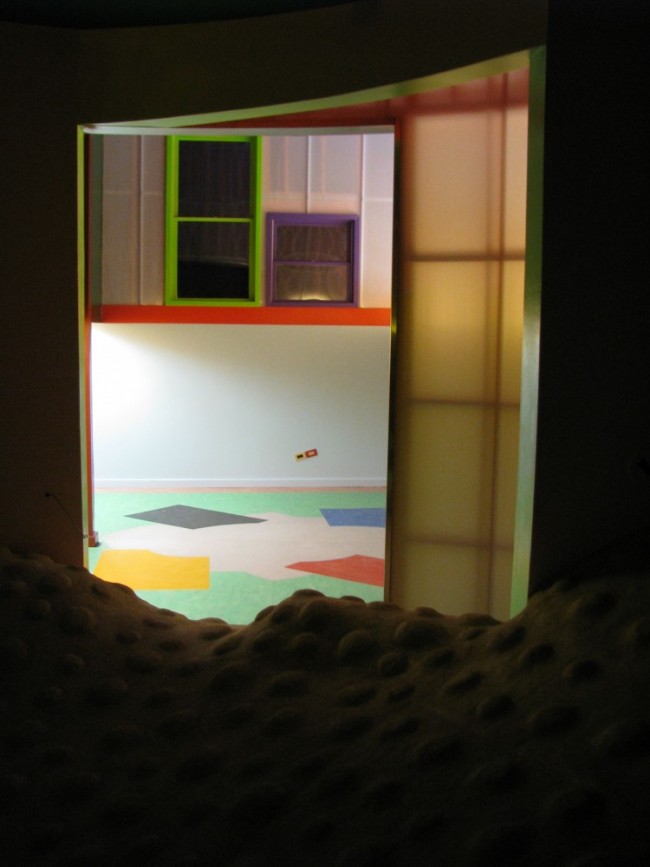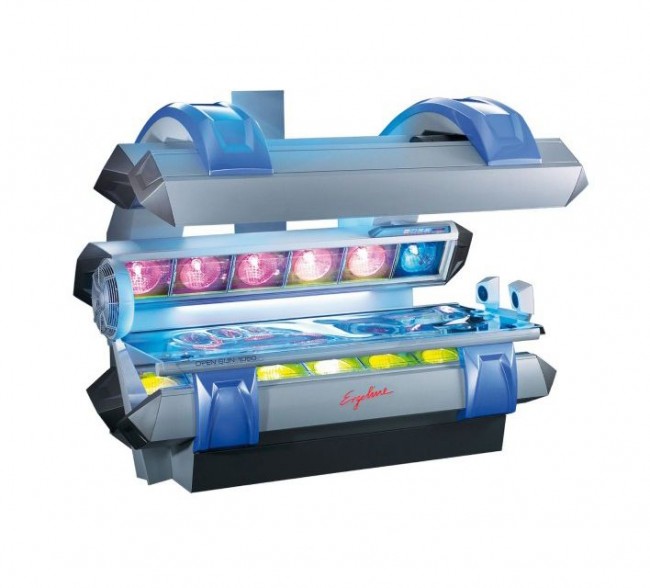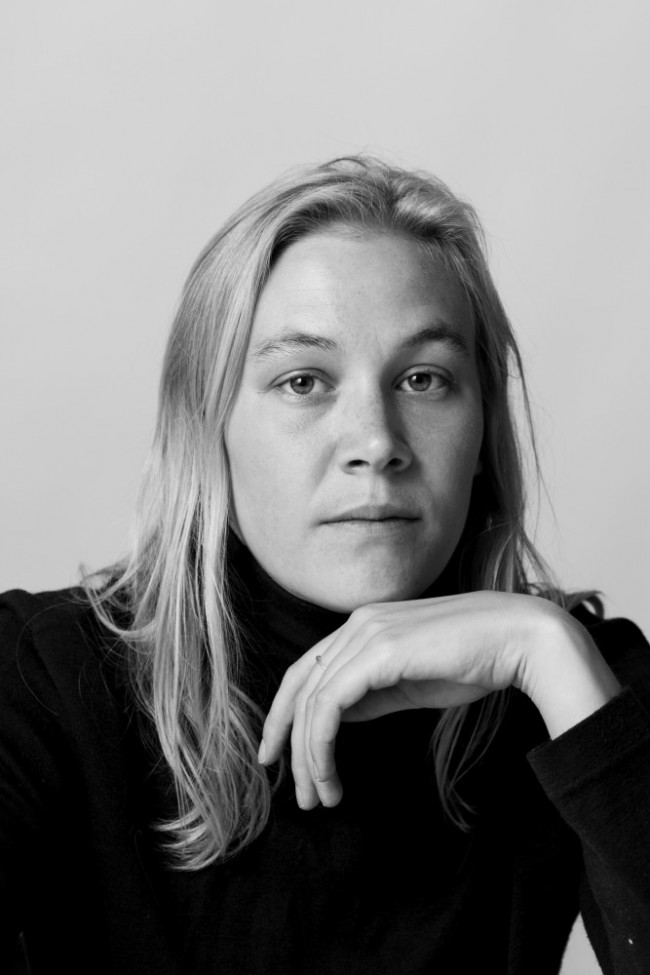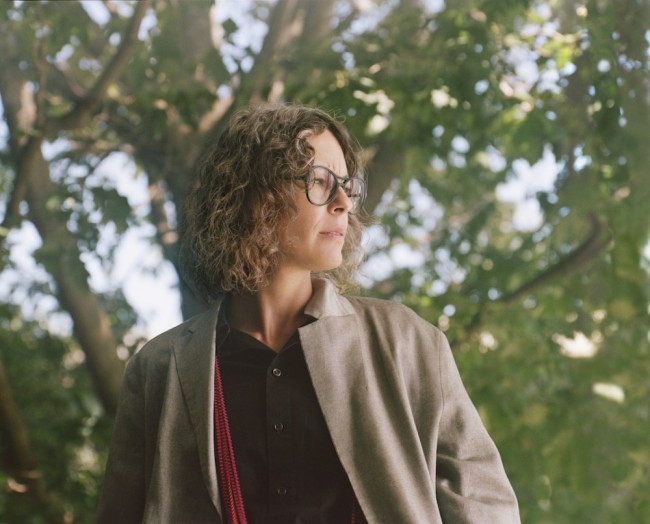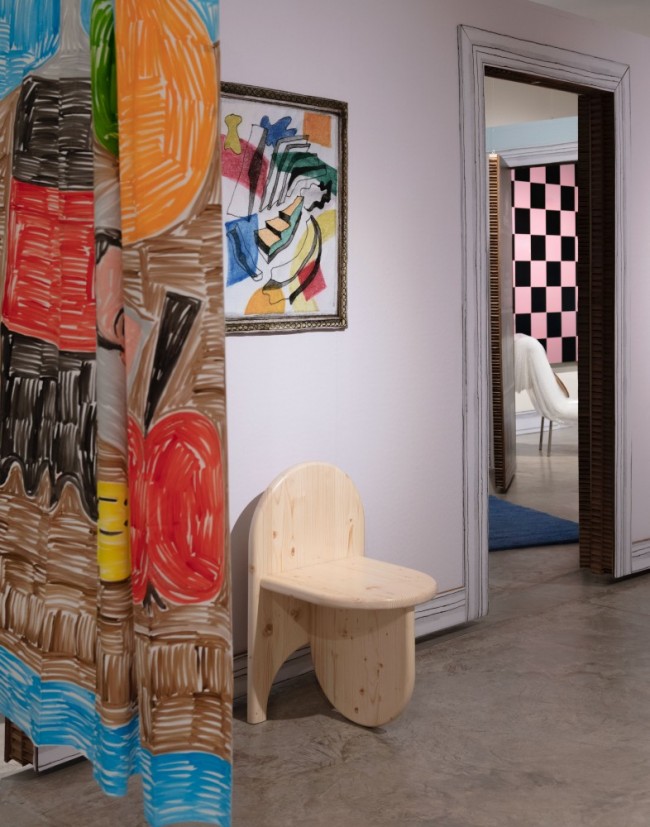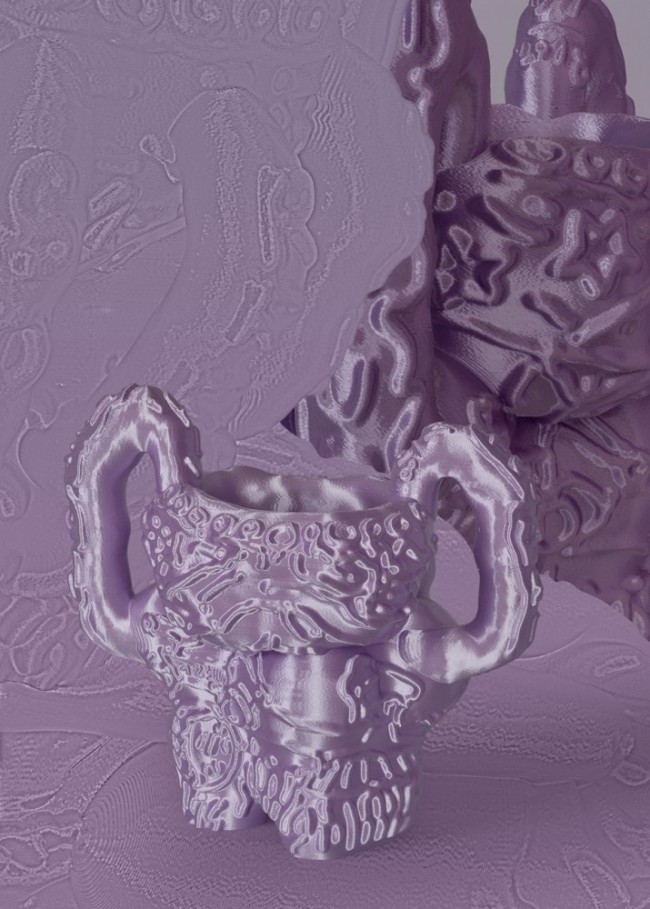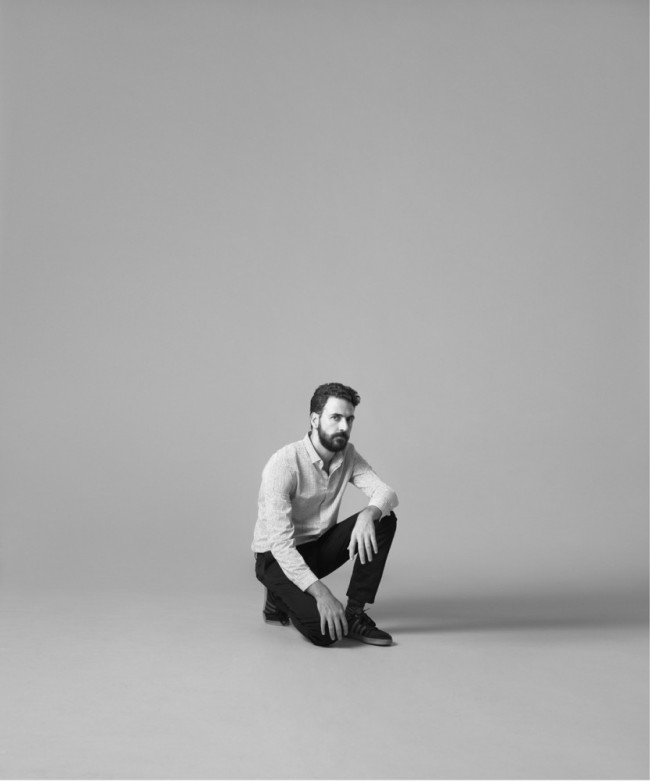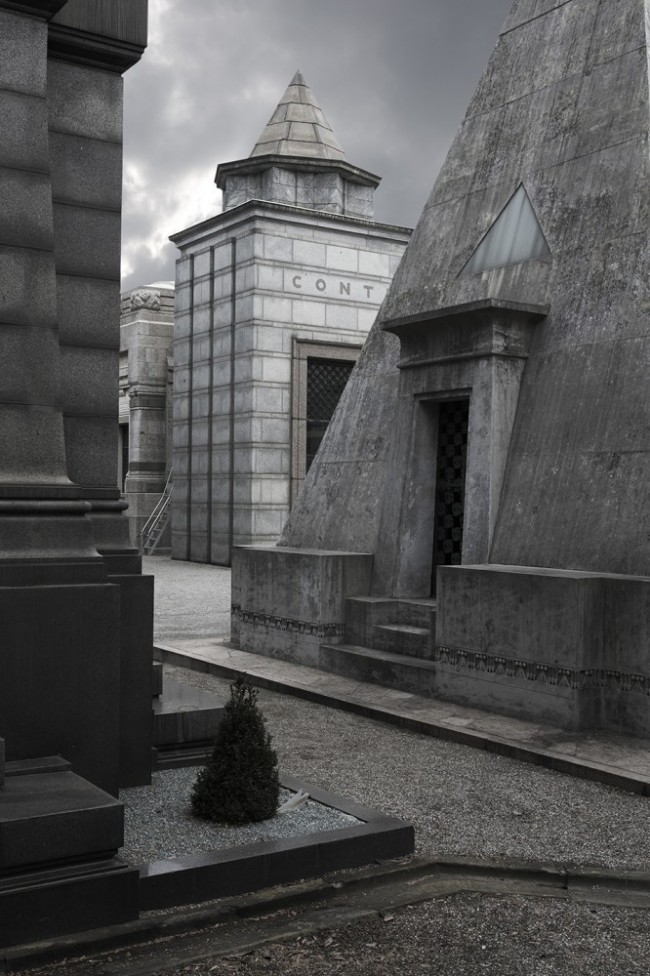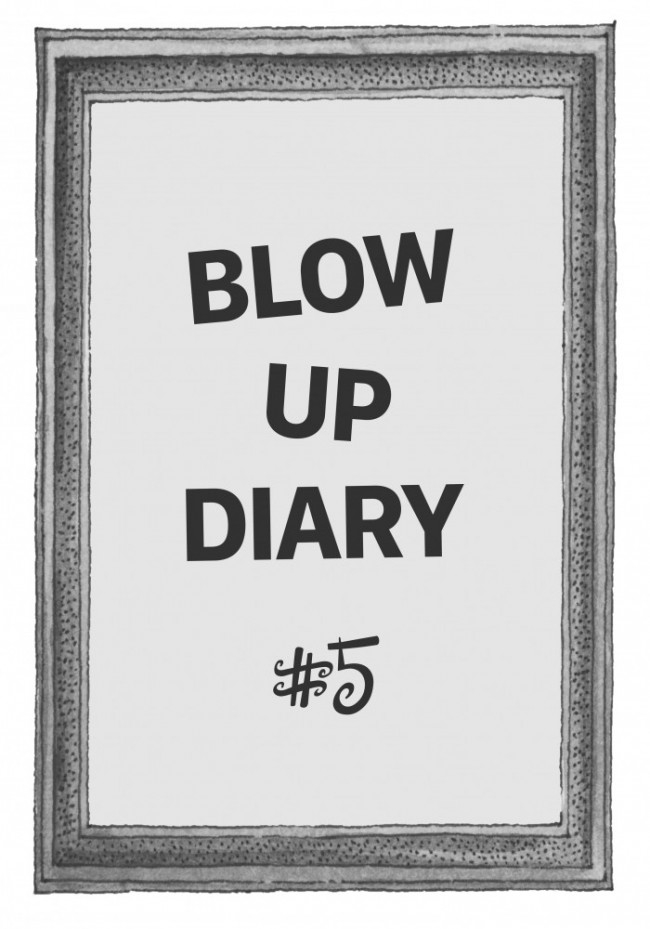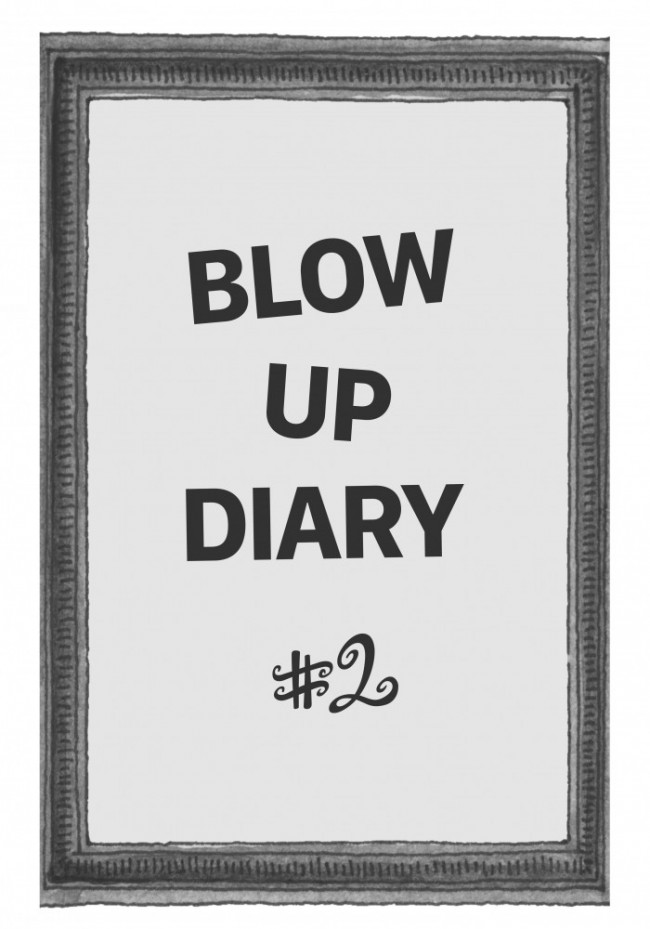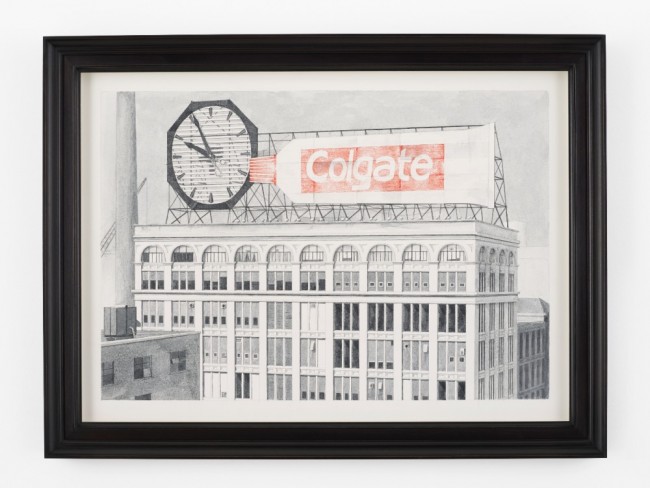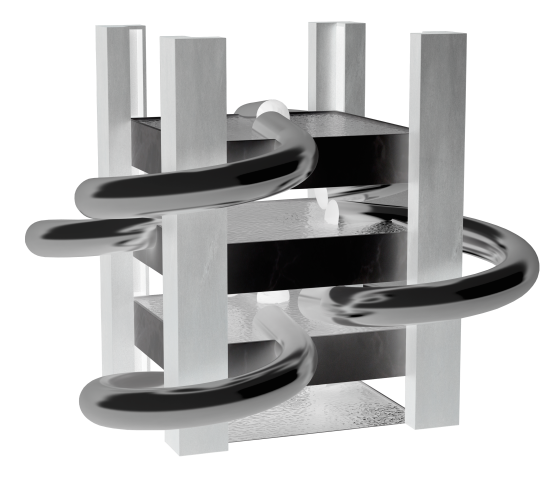SUN CITY: The Mannerist Devotional Flair of Soft Baroque’s First Solo Exhibition in Milan
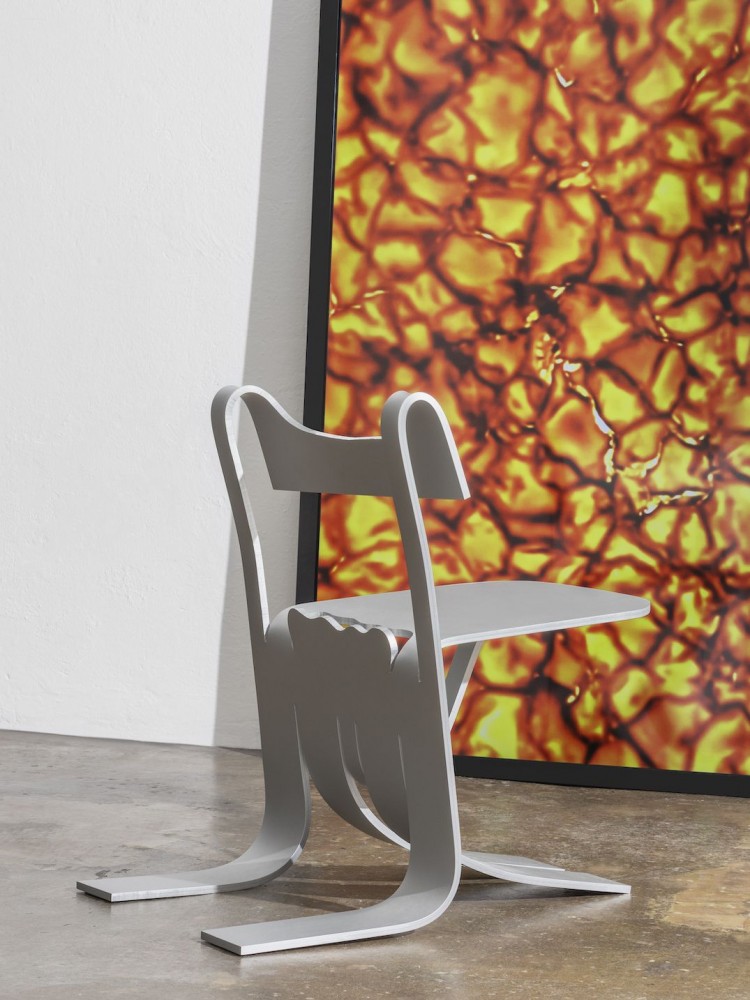
Soft Baroque, Soft Metal Chair (2020); Anodized aluminum. Image from the exhibition Sun City, curated by PIN–UP and presented by PIN–UP and Marsèll. Photographed by Delfino Sisto Legnani for PIN–UP.
Humans began using heliotherapy — or the deliberate exposure to sunlight for medical benefit, from allegedly curing cancer to alleviating psychosis — more than 3,500 years ago. Long before then, early Homo Sapiens shedding their body hair knew the benefits of a little sun exposure to prevent severe burns — propelling them to victory over the comparatively pasty Neanderthals. Teeter-tottering between its life-giving and deadly capacities, the proximity of the sun to the human body waxes and wanes over history. From sun-obsessed French monarchs to serotonin-stimulating SAD lamps, between 80s suburban tanning salon micro-economies to global industrial cannabis grow labs, it can always be read along the lines of status, power, money, and lifestyle.
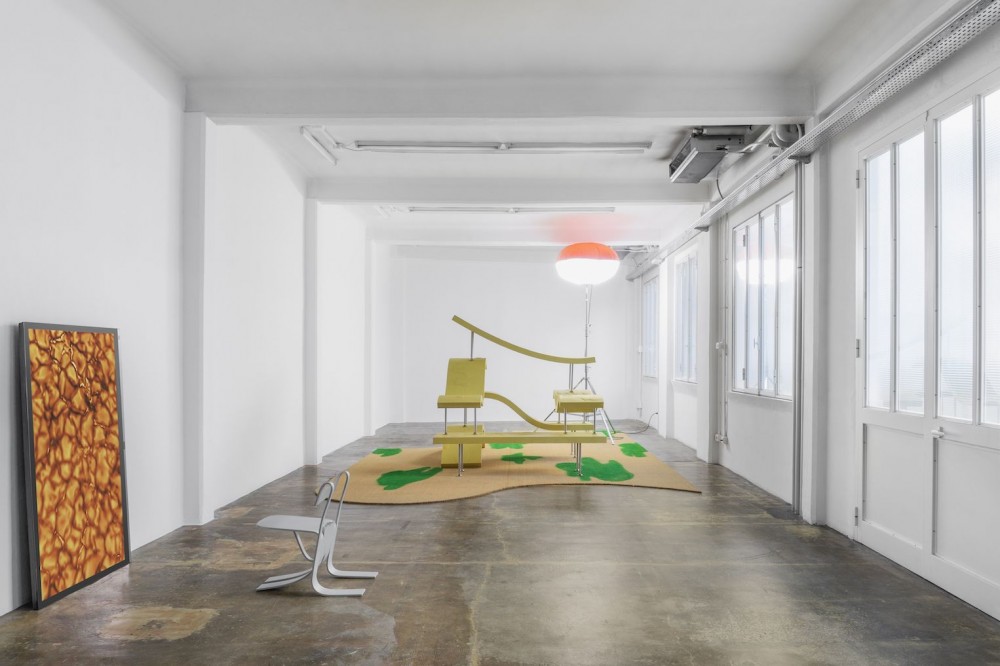
Exhibition view of Soft Baroque’s Sun City, curated by PIN–UP and presented by PIN–UP and Marsèll. Photographed by Delfino Sisto Legnani for PIN–UP.
It’s from this vitamin D-soaked set of complexities that London-based design studio Soft Baroque’s new exhibition departs. Titled Sun City — a kind of ubiquitous phrase that radiates images of a sun-kissed utopia, sharing its name with a host of luxury escapism enterprises from South African resorts to gay saunas in Paris — the solar fun house unfurls in the Milanese showroom of Marsèll, Italian titan of artisan leather footwear. Divvied up into three arenas — sun damage, sun life, and sun worship — the installation situates furniture and design objects by Saša Štucin and Nicholas Gardner of Soft Baroque in an array of environments that playfully explore different ideas of the XXL fireball that birthed our species and will probably see the end of it.
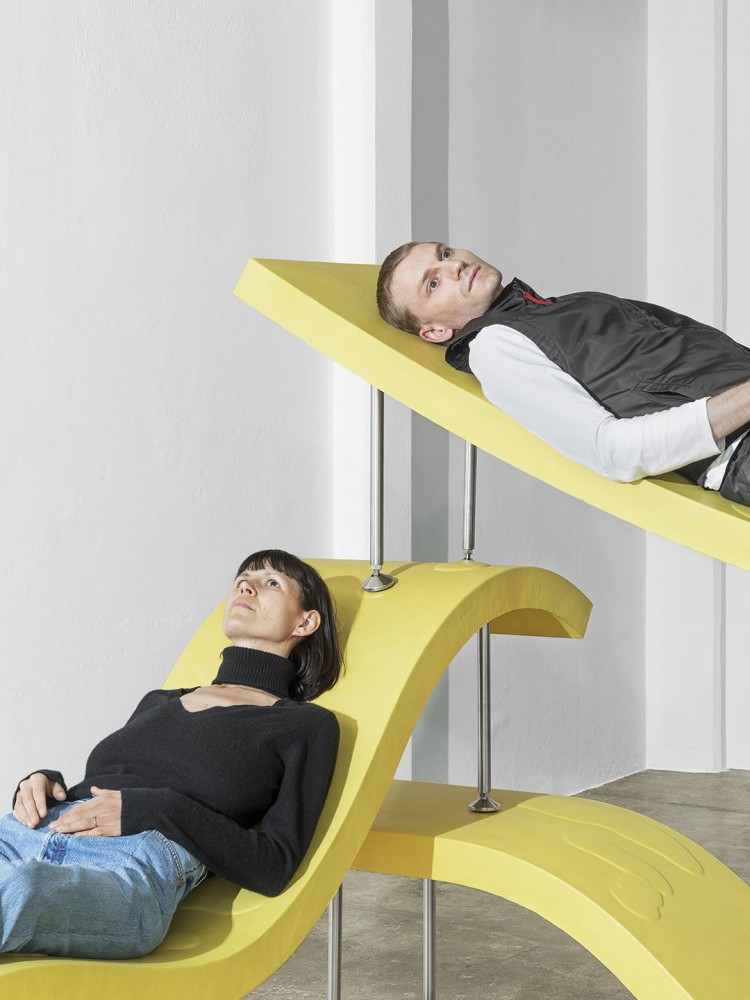
Saša Štucin and Nicholas Gardner, founders of Soft Baroque, photographed at the Sun City exhibition in Milan by Delfino Sisto Legnani for PIN–UP.
On the ground floor, visitors to Sun City will first encounter Tan, a Jenga tower of sun-blistered recliners stacked atop a coir carpet splotched with chroma green paint. The classic resort furniture staple is reborn here as a slumped sculptural mass: coated in Marsèll’s classic yellow calfskin leather, the loungers erupt with poured polyurethane puffs and bumps, like cartoonish, ergonomic tumors, both toxic and benign. As one-third of the holy RGB trinity, the “Digital Green” carpet paint is a two-way tribute to the popular doormat material’s bucolic past life and an aesthetic nod to the post-production green-screen technique. Nearby, Soft Baroque’s Soft Metal chair slumps over itself like a piece of string cheese left out in the sun. Take a seat, tune into the broiling mass of the sun’s surface screened ad infinitum on the monitor in front, and your posture will soon follow suit. Here, the line between leisure, consumption, and self-destruction is sun-bleached and hazy. “There’s a kind of illogical narrative in the room,” explains Gardner, “But it replicates loops that are happening in normal consumer society.”

Exhibition view of Soft Baroque’s Sun City, curated by PIN–UP and presented by PIN–UP and Marsèll. Photographed by Delfino Sisto Legnani for PIN–UP.
Dipping into the basement, the black-out underbelly of Sun City unfurls in the neon wash of artificial LED grow-lights. A supersized bamboo wardrobe and an aluminum table with large gouges slashed out of them are a strange hybrid of IKEA-hack and DIY stealth boxes; weed plants poke out of the crevices, climbing over each other for the engineered UV. Toward the back of the room are twin plinths — one made from Saharan noir marble (channeling the distinct goth-luxury aura of a Tom Ford showroom, according to Soft Baroque), while its doppelgänger is cast in clear acrylic — a shrine to high-tech Silicon Valley stoner culture. It’s the anthesis of the bamboo banality and bumpkin chic looks served up front: beneath the bootleg Scandinavian behemoths, a miniature log chair, comical despite its contemporary cobalt-stained veneer, holds its ground. Like the broader “sun life” room, the dorky, low-interventionist baby chair is a gesture towards new life that grows best in the dark.

Exhibition view of Soft Baroque’s Sun City, curated by PIN–UP and presented by PIN–UP and Marsèll. Photographed by Delfino Sisto Legnani for PIN–UP.
Ascending to the top floor, Sun City takes on a mannerist devotional flair: next to a glossy platform with scalloped corners, Soft Baroque’s throne-like Dancing Armchair wiggles alongside a new Lipos series that includes an altar, a bookshelf, and a storage chest. Their angular joints are sanded down, producing a chubby, anthropomorphic result — strong enough for basic support, but supple and bursting like sausage fingers. Suspended from the wall with a soft brass hanger is the Tufnol Shaker chair. A kind of OG resin composite made with fabric, Tufnol® is a hyper-artificial substance that mirrors wood’s natural grain the more it’s sanded down. Nearby, rustic barley wheat peeks out of several carbon-fiber vases squished into organic forms, exaggerating the tension between handicraft and hypernature, made-with-love and market forces. “We’ve been obsessed with North American utopian sects like Shakers and Quakers,” explain the duo. “In these new pieces, we’re exploring the connection between craft and religion, and how this aesthetic has been fetishized in modern design taste.”

Soft Baroque, TAN Bench 1/7 (2020); Poplar wood, stainless steel, polyurethane rubber, leather. Image from the exhibition Sun City, curated by PIN–UP and presented by PIN–UP and Marsèll. Photographed by Delfino Sisto Legnani for PIN–UP.
As you exit Sun City through the courtyard, you pass the limonaia, or lemonary, which Soft Baroque transformed into a socially-distanced mock-tanning salon of suburbanite dreams. Echoing the space’s original functionality, a lemony yellow LED glow beats down upon a singular Tan lounger, its tacky leather surface scrunched and wrinkled as if suffering from overexposure. Like the first burn of the season, Soft Baroque's Sun City is a woozy amalgamation of conflicting desires — synthetic and sticky, toxic and evocative, a romantic and near-religious wave of serotonin — taken, true to its form, to a symbolic extreme.
Text by Alice Bucknell
Images by Delfino Sisto Legnani



